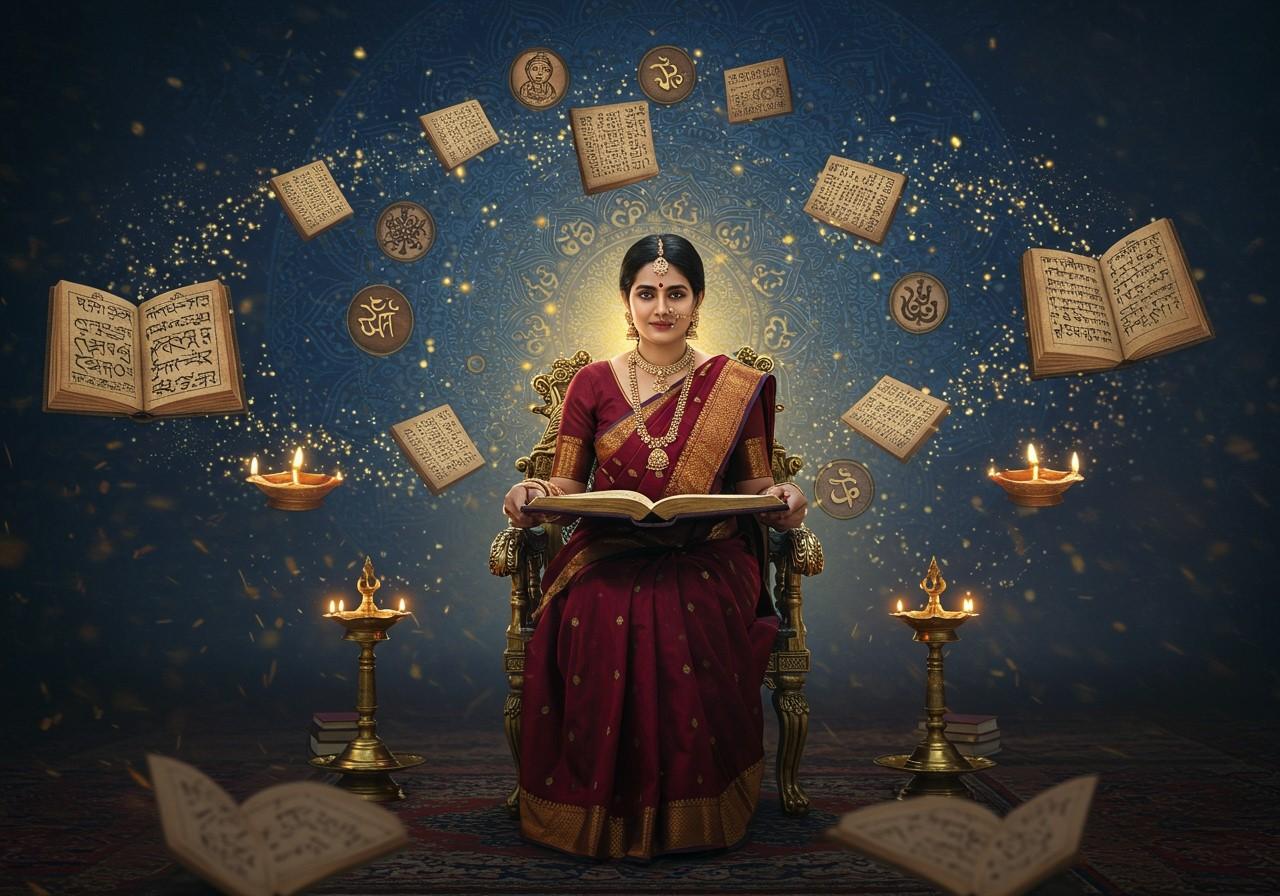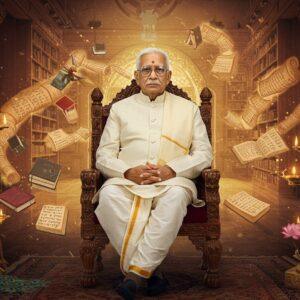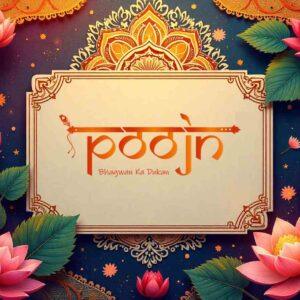
Alankaras, often compared to figures of speech, are the ornaments of language that embellish literature. They elevate the aesthetic appeal and communicative power of texts, transforming simple words into evocative expressions. Think of them as the intricate details that make a piece of jewelry truly captivating. These Alankaras are broadly classified into two main categories: Arthalankaras (semantic ornaments) which focus on the meaning of words, and Shabdalankaras (phonetic ornaments) which emphasize the sound and rhythm of the words. Their presence in literature allows authors to convey complex ideas with grace and brevity, making the reading experience richer and more profound.
Alankaras, Rasa, and Bhava: A Symphony of Emotions
In the realm of Indian aesthetics, rasa refers to the emotional flavor a piece of art evokes in the audience, while bhava represents the mood or emotion expressed by the artist. Alankaras play a pivotal role in enhancing both rasa and bhava, adding depth and intensity to the literary experience. Imagine a skilled musician using vibrato to enrich a musical note – Alankaras achieve a similar effect in literature. By skillfully employing specific Alankaras, authors can evoke a range of rasas, from the passionate sringara (romantic love) to the lighthearted hasya (humor) and the courageous veera (heroism). This interplay between Alankaras and rasa theory is particularly prominent in classical Indian drama and poetry, forging a powerful connection between the text and the audience.
Would you like to learn more about the Ramayana? Dive deeper into the epic with our insightful blog post about Ramcharitmanas: A Deep Dive into Devotion and Epic Narrative.
Rupaka Alankar: Painting Pictures with Words
Rupaka Alankar, a type of metaphor, is a powerful tool for creating vivid imagery. It’s like a painter using brushstrokes to create a lifelike image on canvas. In Rupaka Alankar, one thing is implicitly compared to another, allowing authors to convey deep meanings through evocative comparisons. Kannada literature, for instance, is replete with examples of Rupaka Alankar, with renowned poets like Kuvempu and D.R. Bendre masterfully employing this device to enrich their works. These metaphors transport readers to another world, immersing them in the beauty and cultural nuances of Kannada literature.
Explore the impact of the Ramayana on Indian art and literature further in our blog post Ramayana’s Impact: Indian Art and Literature.
The Enduring Influence of Alankaras
Alankaras are not merely decorative elements; they are integral to the very fabric of literary style and expression. They shape the tone, rhythm, and structure of a piece, making it memorable and impactful. Think of them as the spices that add flavor and depth to a culinary creation. Alankaras empower authors to experiment with language while maintaining clarity and precision. From the grand epics of ancient times to the contemporary stories of today, Alankaras continue to play a vital role in exploring complex themes and conveying subtle nuances, enriching the reader’s experience.
Alankaras in the Modern Age
Even in the fast-paced world of contemporary literature, Alankaras retain their relevance, bridging the gap between tradition and modernity. They allow authors to weave innovative narratives while staying true to their cultural roots. The adaptability of Alankaras is evident in their use in digital literature, demonstrating their timeless appeal and versatility. Just as a traditional motif can be reimagined in a modern design, Alankaras find new life in contemporary literary forms.
Frequently Asked Questions about Alankaras
What exactly are Alankaras? Alankaras are figures of speech that add depth and artistry to language, particularly in literature. They’re like adding embellishments to a beautiful garment, enhancing its overall appeal. They bring an extra layer of meaning and emotion to the words.
How do Alankaras connect to Rasa and Bhava? Alankaras enhance rasa (the emotional impact on the audience) and bhava (the emotions conveyed by the author). They’re like the perfect seasoning that brings out the flavors of a dish. They intensify the emotional experience of the literature.
Why are Alankaras important in literature? Alankaras contribute to the richness and aesthetic quality of literature. They make the writing more engaging and memorable. They’re like the brushstrokes of a master painter, adding depth and vibrancy to the artwork.
Do you want to delve deeper into the significance of the Hanuman Chalisa? Discover its profound meaning and benefits in our comprehensive blog Hanuman Chalisa: Meaning, Benefits and Recitation.
Understanding Alankaras enriches our appreciation of literature, revealing the intricate ways language can be used to create beauty and meaning. They are timeless tools for authors to craft compelling narratives and connect with readers on a deeper level.


